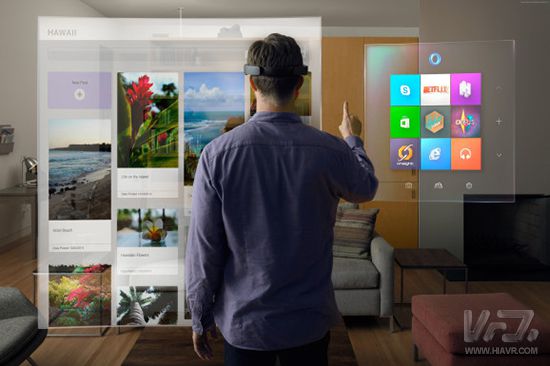
When new and groundbreaking technologies emerge, excitement often follows. However, with rapid development comes uncertainty. For many, it can be challenging to build a reliable career path in emerging fields like AR (Augmented Reality) and VR (Virtual Reality). To gain insight into how to navigate this evolving landscape, I spoke with four industry experts who shared their advice on starting a career in the AR and VR space.
### Learn About the Tools and Platforms
The first step is to understand how these technologies work and how they can be used effectively. This means exploring as many AR and VR devices and platforms as possible. Some of the most popular options include:
- Microsoft HoloLens
- Meta (formerly Facebook)
- Oculus Rift
- Gear VR
- Google Daydream
- Google Cardboard
- HTC Vive
- Microsoft Mixed Reality
- PlayStation VR
In some regions, you can even try demos of HTC Vive and Oculus Rift at Microsoft stores. The goal here isn’t just to use the technology—it’s to deeply understand it. Reflect on what makes certain experiences engaging or uncomfortable. This will help you develop an intuitive sense of what works and what doesn’t in immersive content.
Dr. Helen Papagiannis, author of *Augmented Human*, emphasizes the importance of focusing on the human experience: “AR and VR start with the idea of building new realities. We need to think critically about how we can use these tools to enhance human capabilities. It's not just about the tech—it's about how we apply it to improve lives.â€
### If You’re a Developer: Start Creating
Once you’ve explored different platforms, the next step is to create your own content. If you're a developer, consider building games or interactive applications, especially if you have prior experience in game development.
Ricardo Parker, founder of the Chronos Global Academy, advises developers to "start working with experienced professionals to build the right environment." He suggests that once you're familiar with the platforms, begin creating and deploying real projects. "VR gives you a sandbox to experiment and learn quickly," he says. "You can spend time in your virtual world and really understand how software works."
Parker also notes that students can become full-time developers after building a strong portfolio of initial projects.
### If You’re a Creative Professional: Think Beyond the Canvas
For artists and designers, creativity and design are just as important as technical skills. In AR and VR, the 3D space becomes a canvas, and those with vision can push the boundaries of storytelling and interaction.
Trevor Jones, an artist known for his AR paintings, shares: “AR blurs the line between physical and digital art. It allows artists to add stories, animations, or digital elements to their work, changing how people perceive it.†He explains that by scanning a painting with a mobile device, a static image can transform into a dynamic narrative, bringing the viewer closer to the artist’s creative process.
Jones adds, “Don’t fear technology—embrace it as a tool. If you're a creative professional, AR offers a unique way to stand out. But don't just use it for novelty. Think about how it can expand your storytelling and break creative barriers.â€
### If You’re a Business Professional: Focus on Strategy and Communication
For non-technical professionals such as marketers, salespeople, or business developers, the key is to understand how AR and VR can be applied strategically. Many traditional marketing techniques still apply, such as using social media and targeted ads to promote AR/VR content.
Vinay Narayan, Technical Consultant and Executive Director at HTC Vive, says: “Even if you’re not a developer, your ability to engage with the technology and understand its potential can make you valuable.†He recommends experiencing various headsets and platforms to build a deeper understanding of how they work.
Narayan adds, “Your passion and hands-on experience will help you communicate effectively with technical teams. Whether you're handling marketing, operations, or business development, showing enthusiasm for the industry can open doors.â€
### Conclusion
The message from all the experts is clear: **Start now**. Try as many devices and platforms as you can, then begin creating something yourself. This hands-on approach will give you a deep understanding of the entire process—from ideation to development, testing, and release.
Even if you can’t write code, building a basic VR experience from scratch will give you practical knowledge that sets you apart in the job market. The future of AR and VR is still being shaped, and now is the perfect time to get involved.
Fiber Optic Distribution Box
Fiber Optic Distribution Box,Fiber Optic Breakout Box,Fibre Optic Breakout Box,Fibre Break Out Box
Cixi Dani Plastic Products Co.,Ltd , https://www.danifiberoptic.com

